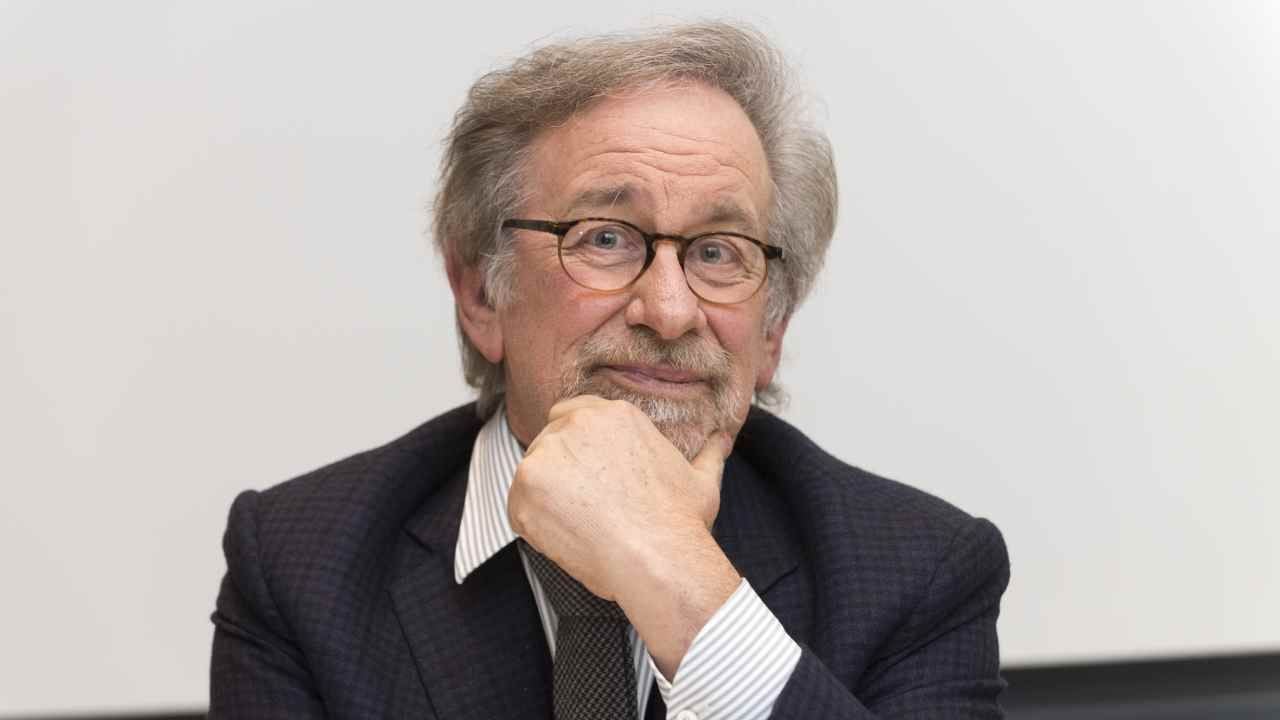Areas currently untitled end up becoming easy targets for land grabbers and illegal exploitation of natural resources.
A coalition of the federal government, private sector and third sector will seek to expand public forest concessions Amazon from the current 1.3 million hectares to 5 million hectares within two years. Provided for by the Law on Management of Public Forests (2006), these concessions include two models – forest management and restoration – and are considered the most sustainable alternative to combat illegal deforestation and preserve the forest.
The partnership is formed by the Brazilian Forest Service (SFB), an entity linked to the Ministry of Environment aimed at finding economic solutions for the preservation of forests, by the Institute of Agricultural and Forest Management and Certification (Imaflora), a non-governmental organization focused on environmental preservation, and by the global consultancy firm Systemiq, focused on the transition to a low-carbon economy.
“Since 2006, the country has managed to reach 1.3 million hectares of forests under federal concession, a figure that reaches 2 million hectares if we include state forests. However, if we want to continue protecting our forests, this agenda must advance,” said agronomist Leonardo Sobral, director of Imaflora.
Forest management allows for the selective harvesting of trees for timber, with or without the simultaneous exploitation of non-timber products (such as nuts, oils, extracts and tourism). The model follows strict parameters, with a maximum extraction volume per hectare and 30-year cycles for forest restoration.
“The activity causes the benefited territory to cease to be a no man’s land, as happens with most non-designated forests, that is, those that are not indigenous lands, reserves or conservation units,” explains Sobral.
It is estimated that in the Amazon there are 60 million hectares of public land threatened by land grabbing, an area equivalent to twice that of the state of São Paulo. It is on these lands that approximately half of the illegal deforestation recorded in the biome occurs, according to studies by the Amazon Environmental Research Institute (IPAM).
These are untitled areas that do not fall into any legally specified ownership category, making them an easy target for land grabbers and illegal exploitation of natural resources. Together, they store 7 billion tons of CO2, equivalent to a year of global emissions.
And it is precisely the quantity of carbon stored by existing forests that constitutes the main financial resource to make the second concession model, that of forest restoration, aimed at degraded regions, viable. Renato Rosenberg, Director of Forest Concessions and Monitoring at SFB, explains that this is a recently introduced modality, in which the financial return is mainly due to the sale of carbon credits by the concessionaire.
However, in Brazil it is an early market, faced with low prices, nascent demand and issues related to the credibility of the credits sold. Regarding these challenges, Rosenberg says that, according to studies conducted for another ongoing restoration concession project, involving areas of the Atlantic Forest, the equilibrium price to make exploration feasible is $40.
“We consulted with some stakeholders and the number was not surprising. These are projects of the highest quality and integrity, in the Amazon, that benefit indigenous communities, in terms of restoration.” He recalls that the eyes of developers are on the international and voluntary markets and not on the regulated one, which is being discussed in Brazil. “We will do a market survey (meeting with investors) this Thursday, the 25th, and this is what we will talk about.”
Rosenberg also says that the main goal of the concessions is not simply to raise revenue, and that the contracts are designed so that much of the revenue generated stays in the communities, “so that the resources that come to Brasilia go back to the states and municipalities where these forests are located.”
Felipe Faria, Director of Nature at Systemiq, believes that the inclusion of the carbon market in this agenda, along with large-scale forest management and restoration, represents a significant advance, offering new financing opportunities and incentives for forest conservation. “We consider the valorization of existing forest a central strategy and believe that by providing these new economic tools, we will lay the foundations for sustainable development, which will benefit both local communities and the global environment. Together, we can transform Amazon conservation into a model of economic and environmental prosperity,” he says.
Impacts on communities
There are currently 23 concessions in force in the Amazon, in different stages of implementation: 16 have started production by 2022, when the activity has collected, according to data, 33.5 million Brazilian reais in wood products (400 thousand cubic meters of logs). from SFB. With the expansion, in 2026 these numbers will rise to 1.8 million cubic meters of logs, for a value of R$ 184 million.
Linked to this performance is the creation of approximately 7 thousand direct jobs and 14 thousand indirect jobs, in addition to social investments of approximately 15 million reais. Added to this is public revenues of approximately 45 million reais, part of which is distributed to the states and municipalities that host the concession forests.
“Today, in the state of Pará alone, there is a transfer of R$ 14 million from federal concessions. And some municipalities exceed the figure of R$ 3 million. To calculate the impact of this gain, just remember that these are localities with the lowest HDI in the country. The challenge is to unlock the use of this resource so that it becomes a benefit for the communities in which they are located,” says Leonardo Sobral, of Imaflora.
Forest management details
Typically, one hectare of tropical forest has about 200 mature trees and another 1,000 young trees. Management allows the cutting of five to six trees per hectare, every thirty-year cycle. This cutting is planned and selective: it excludes protected species, such as chestnut trees; older trees, which function as seed-bearing matrices; and the youngest, still growing. All individuals of the same species are never removed, which ensures the maintenance of diversity.
In the three decades following the logging, the area will heal. Precise imagery records show that, in about ten years, the forest has been almost completely restored, including areas of secondary roads, which have been opened up for mining. So, another twenty years of recovery, without affecting biodiversity or the so-called environmental services of water capture and carbon capture, which are essential for climate balance.
Trees with QR code
The SFB uses a chain of custody system, which brings together different procedures to ensure that the operation complies with the management plan. Each cut trunk receives a QR Code, which reports its main characteristics – species, size and position on the plant -, like a fingerprint of that tree. Alongside this, there is the Selective Exploration Detection (Detex), a methodology developed together with the Inpe, which uses satellite to verify, every fortnight, if there is greater degradation than expected or out of plan.
At the same time, drones are being used to monitor the volume of wood in the cutting, transportation, processing, and sales stages. The goal is to ensure that there are no discrepancies. If someone sells or transports more than they cut, for example, it could be a sign of illegal timber being shipped from the lot.
Finally, a radar system called Light Detection and Ranging (Lidar) is used, which monitors with great precision the recovery of the forest after felling.
Source: Terra
Rose James is a Gossipify movie and series reviewer known for her in-depth analysis and unique perspective on the latest releases. With a background in film studies, she provides engaging and informative reviews, and keeps readers up to date with industry trends and emerging talents.






